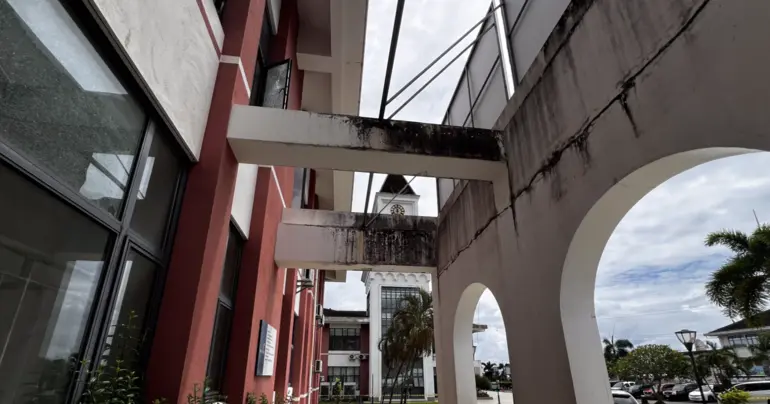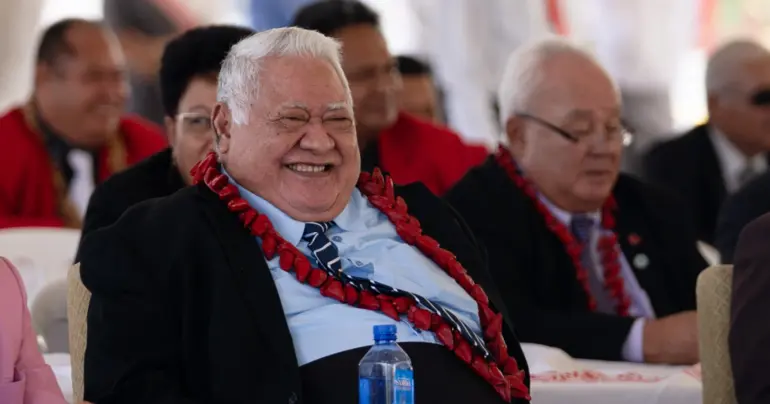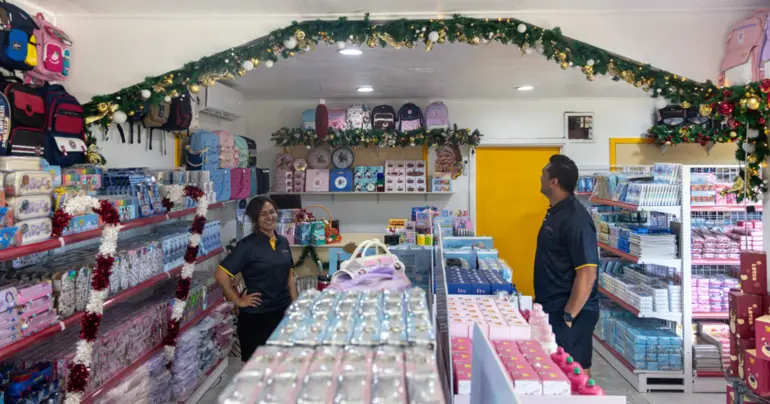Report delves into men and fa’afafine sex antics
Close to 30,000 fa’afafine and men have sex with other men in Samoa.
So says the Pacific Multi-country Mapping and Behavioural Study 2016, as part of the Ministry of Health’s sixth annual report to UNAIDS.
Obtained by the Samoa Observer this report is evidence of Samoa’s commitment to the global response to HIV, AIDS, and Sexual Transmitted Infection’s.
Pacific Multi-country Mapping and Behavioural Study 2016 calls for the need to improve screening and surveillance of this group and should require revisions to the data collections systems and “methods used by MoH and partners, as fa’afafine needs to be legally recognized and recorded as a valid gender in health records.”
According to the Health report, “man and man sexual relations are highly stigmatized, especially compared to man and fa’afafine (which are permitted but not highly regarded by society).”
Historically, fa’afafine have been classified as a vulnerable group. Though traditionally valued within Samoan culture, fa’afafine face marginalization within their communities and there is anecdotal evidence that they face high rates of violence.
“The report says that 80 participants had sexual intercourse, and the mean age of sexual debut was close to 16 years.”
According to the Health’s report, during the interviews, fa’afafine talked about the problems of relationships with men.
“They said that they had often had their hearts broken as men moved into relationships with women.
“The most common number of sexual partners in the 12 months prior to the survey was between one and three, with 49% reporting concurrent sexual partners in the six months prior to the survey. 32.4% had been paid for sex in the last 12 months.”
The Health report says that condom use was low, with 43.9% stating that they had never used a condom for sex with a regular partner in the last 12 months and 40% reported never using a condom with paying partners.
“In the interviews, many participants said that they did not use condoms because they felt safe from HIV. 41% of participants used a condom at last anal intercourse with a casual partner.
“Knowledge about HIV was generally high. However, only 16.3% had an HIV test in the last 12 months. “A small proportion of participants had experienced stigmatizing attitudes from family and community. O
nly 8.7% felt ashamed about their sexual identity, although the interviews indicate that this is complicated, particularly when young. 11.9% of participants had been sexually assaulted in the previous 12 months. 57.4% of participants knew of a local organization that provided access to information or services related to condoms, HIV and STIs, and sexual assault.32.7% had accessed these services in the past 12 months.”
The Ministry of Health emphasized that all health sector and partner organizations should partner with fa’afafine community leaders in order to deliver prevention, screening, health education, behavior change, and outreach.
“Organizations should strategize on how to reach fa’afafine in rural villages. “Improving screening and surveillance of this group will also require revisions to the data collections systems and methods used by MoH and partners, as fa’afafine needs to be legally recognized and recorded as a valid gender in health records.
“There should be needs assessments conducted to determine why fa’afafine don’t feel they are at risk for HIV and don’t utilize condoms. “Interventions should also address the marginalization and abuse fa’afafine experience in their communities to fully enable them to participate in prevention and behavior change.
MSM (MEN WHO HAVE SEX WITH MEN)
Fa’afafine are categorized as MSM despite being a distinct social group from MSM, as their gender identity is distinct from man and woman. MSM describes a group in Samoa of males who identify as men and engage in sexual relations with fa’afafine or other men.
“This group, included in the predominantly fa’afafine sample of the Pacific Multi-country Mapping and Behavioural Study 2016, remains much less researched than the fa’afafine community.
“A behavioural surveillance survey of young people in 2005 reported that 21.8% of male participants had ever had sex with a man, with 14.7% having had male-to-male sex in the past 12 months.
“Such statistics indicate that there is a significant community of MSM in Samoa, part of which may remain hidden in comparison to fa’afafine.
“Man and man sexual relations are highly stigmatized, especially compared to man and fa’afafine (which are permitted but not highly regarded by society).”
A 2005 HIV surveillance survey indicated that only 4.2% of STI clinic attendees were men reporting sex with men in the past 12 months, while 7% of attendees had experienced sex with another male in their lifetime (WHO 2006).
“While the variance in rates of self-reported MSM between these two different demographics could be caused by a number of factors – location of the clinic, age groups involved, and so on – it is highly likely that there is an underreporting of STI symptoms among MSM communities, which corresponds to the low level of MSM attendance at the clinic.
“As homosexual relationships are sitgmatized in Samoa, there is potential that this underreporting is due to fear of exposure and lack of confidentiality in the screening process,” according to the Health report.











